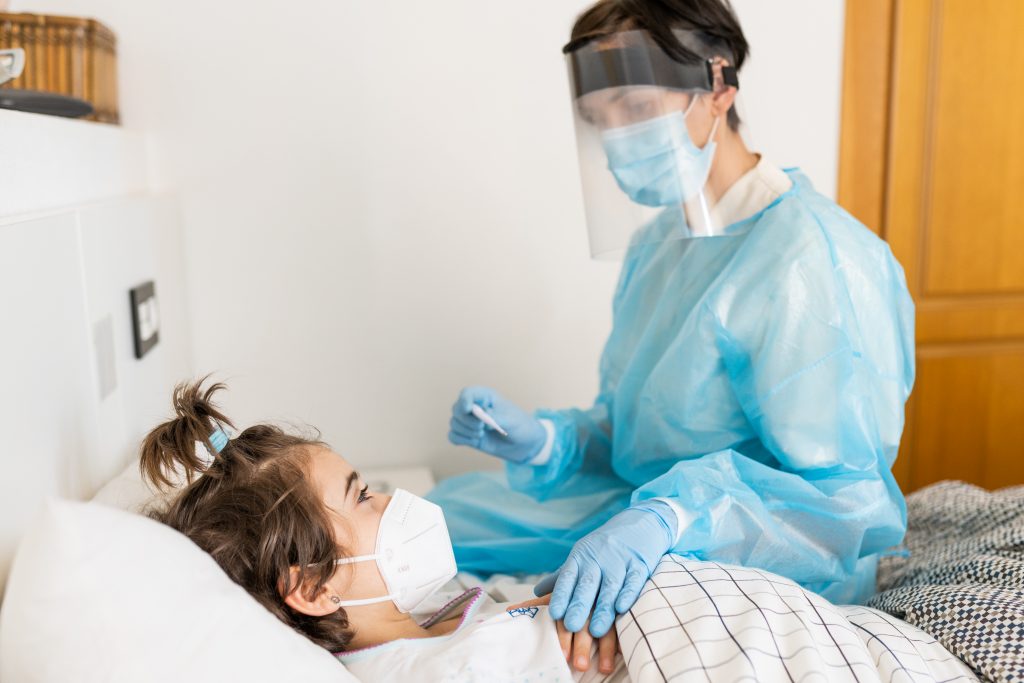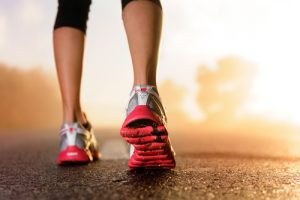
Written By Lucy Peters
If you are new to nursing and you have recently started working at a hospital or health center, then without a doubt you have thought about what a big challenge the start of your working life will be. A recent survey by the American Nurses Association of 32,000 nurses showed that a vast majority (87%) of nurses are afraid of going to work and 36% have had to care for COVID-19 patients without adequate PPE. What are the biggest challenges facing new nurses, and what steps can be taken to ensure they stay safe during COVID-19 and future pandemics?
A Need for Greater Preparedness
As stated by Forbes, the COVID-19 pandemic has highlighted the importance of integrating more public health emergency preparedness and response (PHEPR) content into nursing curricula. Previous crises had already highlighted the need for training in this area, but previous attacks (such as the 2001 Anthrax attack) were more short-lived and did not affect either the health system or the global economy to the extent that COVID-19 is. Offering post-graduate emergency preparedness and conducting emergency drills can help nurses be more prepared for public health emergencies.
Better PPE Provisions
In late May, a survey conducted by the National Nurses United (NNU) found that a majority of respondents said they were having to reuse protective equipment meant for single use. One third also said that their employer expected them to rely on their personal sick leave, vacation days, or paid time off if they were to become infected with the virus. A separate study released by the California Nurses Association also showed high PPE reuse rates. Clearly, the need for reliable protective equipment is an issue affecting new as well as more experienced nurses. Other protective measures that should be adopted include creating separate treatment zones for persons attending emergency due to COVID-like symptoms and having strict isolation plans for infected patients.
Increased Pay Opportunities
Nurse.org reports that some high-need areas are offering sign-on bonuses for nurses. Learning institutions are also making it easier for people to enter the profession — for instance, by offering nursing qualifications in one year to those who have a Bachelor’s degree in another field. Accelerated programs appeal to millennials studying medicine since many are concerned about college debt and/or the amount of time required to complete standard college degrees. Younger students are keen on newer approaches to medicine (including telemedicine) and they are meaning-driven rather than salary-driven. However, many are already shouldering debt from former college courses, meaning that searching out better pay has become a necessary priority for many.
The Benefits of Starting Nursing during the Pandemic
Despite all the challenges, some nurses who have started in the profession during the pandemic have reported a great sense of achievement and joy at making a positive difference to the lives of so many. Working at a time in which staff shortages and long working hours have become the norm in many hospitals also puts their skills and commitment to the test. Even seasoned nurses have reported feeling overwhelmed at times yet they have also reported a great sense of achievement as they observe patients heal and obtain their release from the hospital.
Nurses who have just graduated or who are completing accelerated programs to start working during the pandemic have many challenges ahead. Although some states seem to have passed the worst of the pandemic, others are still struggling with issues such as PPEs and long working hours. Nurses are here to heal, but not to be martyrs because of a lack of equipment and safety measures. Without a doubt, COVID-19 has only highlighted the importance of preparing health teams for future health crises of a grand scale.
Please also review AIHCP’s Health Care Life Coach Program and see if it matches your academic and professional goals. The program in online and independent study and open to qualified professionals seeking a health care life coach program




 Written by Lucy Peters
Written by Lucy Peters



 Written By Lucy Peters
Written By Lucy Peters